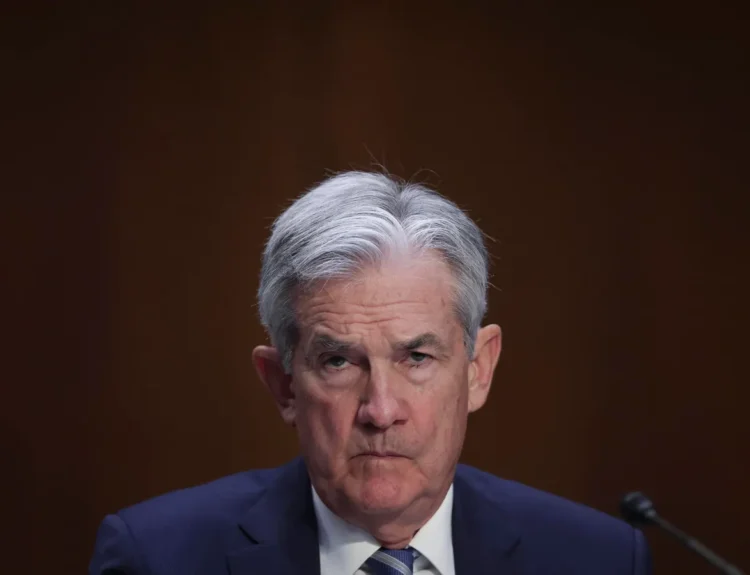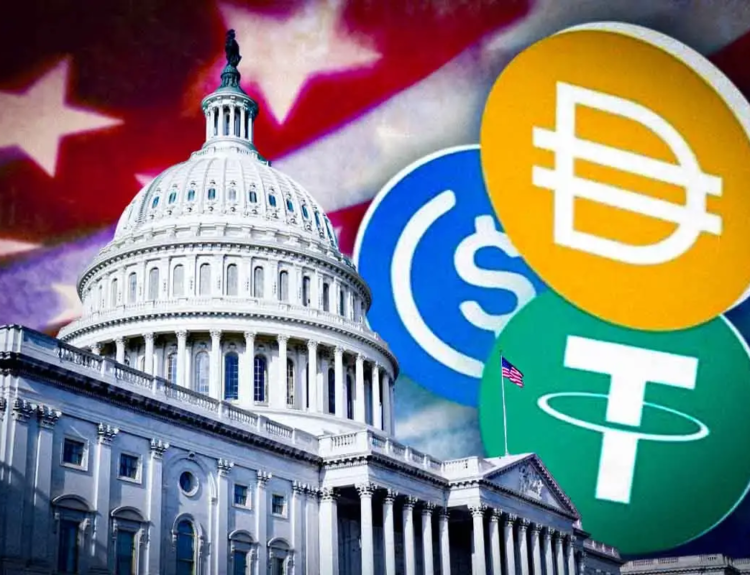The United States and European Union unveiled fresh details of their trade framework on Thursday, clarifying tariff rates across sensitive sectors including autos, pharmaceuticals, and semiconductors. The move follows last month’s handshake agreement between President Donald Trump and European Commission President Ursula von der Leyen in Scotland, which ended weeks of fraught negotiations.
Key Terms of the Deal
- Tariff Baseline: The U.S. will impose a blanket 15% tariff on most EU exports, significantly below Trump’s earlier threats of 30%–250% on certain sectors.
- Autos: European vehicles and auto parts face a conditional 15% tariff, reduced from 27.5%, but only after Brussels introduces legislation to lower tariffs on U.S. industrial goods. Mutual recognition of auto standards was also agreed.
- Pharmaceuticals: Tariffs on European pharmaceuticals, the bloc’s largest export to the U.S., will be capped at 15% instead of the threatened 200–250%. Generic drugs will only face Most Favored Nation (MFN) duties.
- Semiconductors: Similarly, semiconductor tariffs will be capped at 15%, averting Trump’s proposed 100% levy.
- Energy and Investment: The EU pledged to buy $750 billion in U.S. energy and invest at least $600 billion in the U.S., though commitments were framed as “intended and expected” rather than guaranteed.
- Defense & Agriculture: Europe will boost purchases of U.S. defense equipment and expand market access for U.S. seafood and farm goods.
Winners and Losers
Winners:
- Pharma exporters (Ireland, Denmark, Switzerland-based firms) gain protection from punitive tariffs.
- European automakers breathe relief with tariffs halved, though costs remain steep.
- US energy producers secure a massive EU demand pledge.
Losers:
- Wine and spirits producers were left out of the agreement, prompting sharp criticism from both French exporters and the U.S. spirits lobby.
- European automakers still face higher costs than before, despite the compromise.
Political Reactions
President Trump hailed the framework as “the most favorable trade deal the U.S. has extended to any partner,” and highlighted it as a win for his “America First Trade Agenda.”
EU Trade Commissioner Maros Šefčovič framed the deal as only the beginning: “This framework is the first step, one that can grow over time to cover more sectors, improve market access, and strengthen ties further.”
Ireland’s Deputy PM Simon Harris welcomed the pharma tariff cap as “an important shield” for exporters.
European industry groups voiced concern about the auto sector costs, with Germany’s VDA warning billions in losses.
What’s Next
The deal still stops short of being a legally binding treaty, relying instead on reciprocal political commitments. Its effectiveness will hinge on Brussels moving quickly to legislate tariff cuts on U.S. goods, and on Washington’s restraint in revisiting tariff hikes under national security pretexts.
Meanwhile, sectors like wine, spirits, and digital services remain unresolved, leaving room for further disputes.
For now, though, the deal marks a fragile but important truce in Trump’s global tariff campaign—shielding key sectors from the most extreme measures while reshaping the world’s largest trading partnership.









